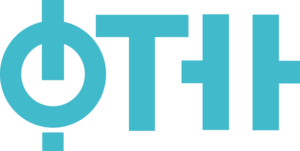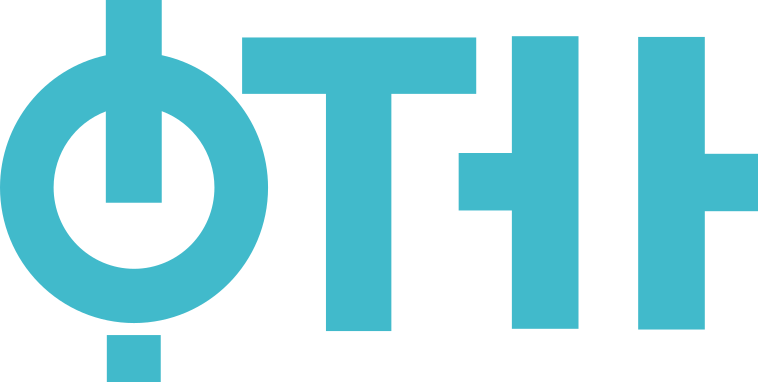Subject: BUILDING INFORMATION MODELLING (BIM) (17.M35I34 )
Study programmes of the course:
| Type of studies | Title |
|---|---|
| Master Academic Studies | Energy and Process Engineering (Year: 1, Semester: Winter) |
| Category | Professional-applicative |
| Scientific or art field | Termotehnika, termoenergetika i upravljanje energijom |
| ECTS | 6 |
To obtain knowledge, practice ??? understanding of the main factors that characterize the vision of digital building models and the integration of the overall construction process (BIM). On completion of the course students will have a good understanding of the capabilities and the limitations of BIM technology. Also, experience of the ways in which BIM can be used to support professional and multi-disciplinary teamwork. They will also have a detailed understanding of the ways in which other professions in the Architecture, Civil Engineering and Automation domain use BIM.
A student who has met the objectives of the course will be able to use methods, standards and tools that support Building Information Modelling concept (BIM) and parametric design. Being able to develop digital building models as bearers of project information for data extraction, exchange and communication (Integrated Sustainable Building Design). Analyze and develop 3D models and object-oriented methods for data representation, data exchange, simulation and communication in a project. The course focuses on analyzing and applying model-based methods and tools that forms the future building processes.
Introduction to Building Information Modelling (BIM), Integrated Sustainable Building Design, Apply a concept of 3D working method, Apply the concept of BIM in a concrete project, Apply BIM-tools in object oriented and parametric modeling in a building project, Apply model based simulations of building properties and functions, Apply coordination between discipline models and model checking, Analyze and apply tools and methods for project collaboration, data exchange and project coordination, Analyzing an academic issue within BIM in a report.
Lectures, Practice, Consultations. During lectures theoretical part of the course is presented followed by examples of the designed or implemented solutions in the practice. Practice accompanies lectures where computing examples are done related to the lectured knowledge. During consultations additional explanations related to the lectures and practice are given. Consultations are also done during bachelor and master thesis. Used software are: REVIT MEP, DesignBuilder, IES-VE, SketchUp with OpenStudio.
| Authors | Title | Year | Publisher | Language |
|---|---|---|---|---|
| Bez autora | 2009 | English | ||
| 2011 | English | |||
| Bez autora | 2010 | English | ||
| 1970 | English | |||
| 2014 | English | |||
| 1963 | English | |||
| Bez autora | 2011 | English | ||
| 1984 | English | |||
| 1975 | English | |||
| 2014 | English |
| Course activity | Pre-examination | Obligations | Number of points |
|---|---|---|---|
| Lecture attendance | Yes | Yes | 5.00 |
| Homework | Yes | Yes | 30.00 |
| Exercise attendance | Yes | Yes | 5.00 |
| Written part of the exam - tasks and theory | No | Yes | 60.00 |
Assoc. Prof. Anđelković Aleksandar
Associate Professor
Lectures
Assoc. Prof. Tomić Mladen
Associate Professor
Lectures
Prof. Kljajić Miroslav
Full Professor
Computational classes
Faculty of Technical Sciences

© 2024. Faculty of Technical Sciences.
Contact:
Address: Trg Dositeja Obradovića 6, 21102 Novi Sad
© 2024. Faculty of Technical Sciences.



